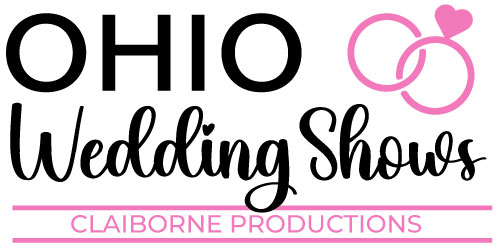In the midst of the festivity, individuals go to champagne. Something about the light drink assures the quality of an event. Be that as it may, there are a couple of bubbly realities to note before toasting to a life together.
- Know the Difference Between Champagne, Cava, Prosecco, and Sparkling Wine Champagne
To procure the lofty “Champagne” mark, the shimmering wine must be made in Champagne, France; made of conventional Champagne grapes (chardonnay, pinot noir, and pinot meunier); and be made in customary winemaking procedure that necessitates that the fluid is matured in the bottle rather than in tanks.
Cava: Like Champagne, this Spanish shimmering wine is matured inside the container, however utilizes more affordable grapes, which brings about a lower value point.
Prosecco: Made in Italy, these wines are made utilizing the Charmat technique, which implies that they are aged in tanks first, and afterward packaged after.
Shining Wine: General expression for a wide range of bubbly vinos that don’t pursue any customary wine-production procedures that the three recorded above do. - Find Your Sweet Tooth
During the last phase of the creation process, sugar is added to shining wines to level out the corrosiveness. Depending upon how much sweetness is included, the subsequent drink will fall under one of the marks below. With regards to pairings with food, one full-proof methodology is to coordinate the beverage with the dish, including paired with pastries and acidic assortments are more qualified for plates of mixed greens.
Doux: This is remarkably sweet. Have it with a creme brulee.
Demi-Sec, Sec and Extra Sec: Still on the sweet scale, these are a decent counterpart for pastries
Brut and Extra Brut: Now we head into the dry domain. In contrast to other assortments, a Brut wine is adaptable with a variety of food - Know Your Tiers
Knowing the level of tears can affect the quality of the product and the overall all cost. Whole it is key to get to know any source from which you purchase your champagne there are a few key words that can help you along the way. Remember that $15-$20 is a decent beginning stage in case you’re uncertain of what to purchase when it comes to quality.
Classic A vineyard’s starting level.
Reserve: Signifies that the container has been matured for quite a while (which can fluctuate from two or three years to a few)
Prestige: These mixes are made utilizing the most renowned grapes from the winery. - Go with a Darker Bottle
Like olive oil, wines can be undermined with light, which is the reason many shining wines are bundled in dull containers. Keep them in a cool and dim spot, with the goal that you don’t hazard “cooking” the wine, which will transform the perfect aromatics into something it’s not supposed to be.
While some guests may not know the difference between quality and not it is always best to lean towards the side of quality as you don’t always know what your guests have been exposed to and a good quality champagne reflects a certain mood.
